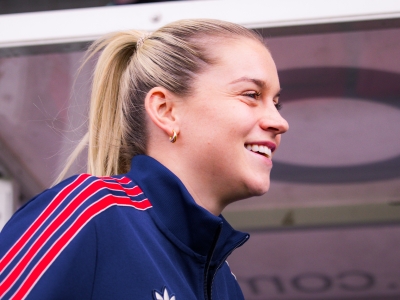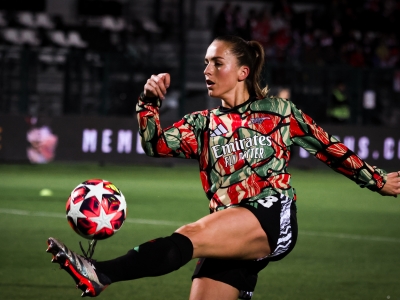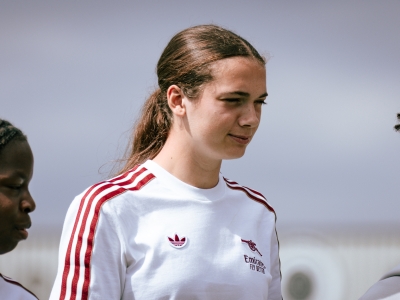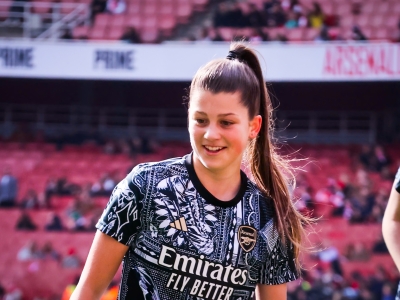Climate's Whimsical Game: Weather's Effect on Professional Sport
Professional tennis exploded into chaos. Not because of a shocking upset or injury controversy—rain started pouring during the Italian Open semifinals. The tournament officials were facing an all-too-common dilemma: postpone matches and lose television revenue, or play in dangerous conditions and risk players. Eight to 10 months are still needed before obtaining the building permits necessary for the roof. Then, 18-24 months of construction would resume, interrupted during the 2024 and 2025 tournaments, demonstrating that weather adaptation requires enormous investments and planning.
Modern-day sports teams can no longer simply hope for a good day. The costs are too great now. The NFL stadiums could lose $11 billion to climate impacts by 2050, a new report from the climate risk analysis company, Climate X, discovers. Weather disruptions today threaten billion-dollar streams of revenue and force teams to rethink everything from building planning to season calendars. Meanwhile, live betting KW platforms must rapidly adjust their odds when weather conditions shift mid-match, creating additional layers of complexity for both operators and bettors who depend on real-time information during these unpredictable situations.
Financial Impacts of Weather Delays
Rain doesn't just delay games—it devastates revenue streams in multiple areas. Sports weather economic impact shows how postponements have a snowballing financial effect that is far greater than ticket refund costs. In the 2024 season, the revenue of the sport hit a record $12.1 billion — $500 million more than last season — as attendance, ticket revenue and sponsorship revenue all reached historic highs.
Weather-related financial impacts produce measurable costs:
TV broadcast contract penalty fees in the millions for postponed gamesLost concession and merchandise revenues due to weather postponementsExtension and rescheduling costs for player hotel accommodations and travelProcessing costs for insurance claims from facility and equipment damageTicket exchange and fan compensation program administration costs
Baseball has its own unique rain challenges since rain-drenched playing conditions pose safety concerns that cannot be addressed through cosmetic changes to equipment. An eight-hour rainout will equal $800,000 to $1.2 million in direct lost revenue without accounting for the ripple effects on later scheduling and player availability.
Strategic Venue Selection and Geographic Advantages
Teams increasingly take climate data into account when making long-term facility decisions. The outdoor stadiums of the NFL in challenging weather markets like Green Bay and Buffalo establish distinctive competitive advantages tied to environmental factors that visiting teams struggle to adapt to rapidly.
Tennis tournaments also exhibit sophisticated weather management techniques that other sports pick up with keen interest. The stadium can then also host indoor games like basketball and volleyball, and indoor concerts. Further, another 2,000 seats will be fitted in Campo Centrale to increase the capacity to 12,500. Live betting markets also need to revise odds calculations continuously whenever weather turns unfavorable during the match, providing more complexity for operators as well as sports bettors who need minute-by-minute information.
Climate Trends and Strategic Planning
Some sports adjust their calendars according to predicted trends in weather that have continued over decades. Golf's PGA Tour relocates from cold northern venues to hot southern locations for winter, along a geographical itinerary that maximizes playable weather. Such a methodical approach reduces weather-related cancellations and helps maintain consistent television programming schedules.
The college football landscape illustrates intriguing regional patterns of weather tolerance among differing fan groups. Traditional outdoor programs in the northern states maintain stronger attendance during adverse weather than programs in warmer states facing unseasonal cold snaps. This realignment affects box office receipts, concession sales, and local TV ratings.
Fan Behavior and Attendance Fluctuations
Weather conditions create linear relationships with attendance figures that are tracked closely by sports analytics personnel. Research indicates temperature fluctuations of 10 degrees Fahrenheit can change attendance 5-8% for games in the regular season. Rain chance greater than 30% will reduce advance ticket purchases by 15-20%, and walk-up ticket purchases are even more susceptible.
Games played under adverse conditions are best recollections that command premium prices in the future for similar equal confrontations. The 1967 "Ice Bowl" NFL title game between Green Bay and Dallas is a cold-weather football marketing landmark which demonstrates that weather can create lasting brand equity in spite of short-term revenue challenges.
Construction of stadiums continues to advance to overcome weather issues through technological development. Modern stadiums have improved drainage systems, heated playing surfaces, and improved fan comfort. These are significant upfront investments but reduce long-term weather-induced revenue losses.








